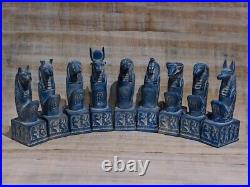
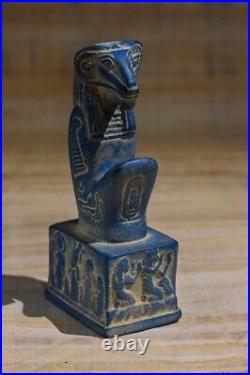

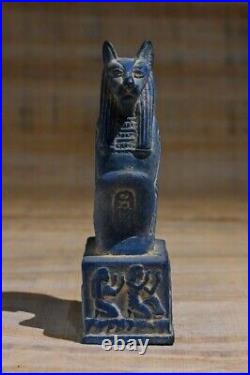
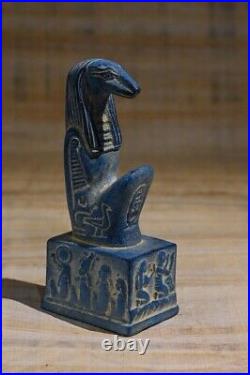
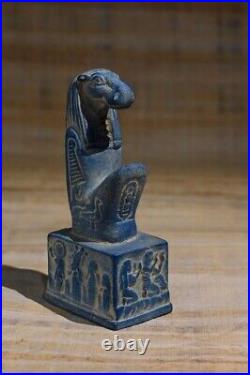
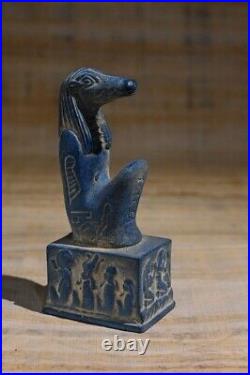
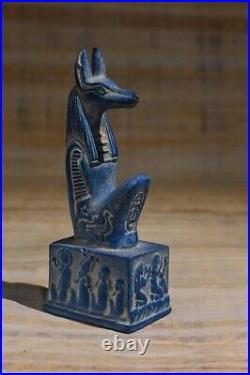
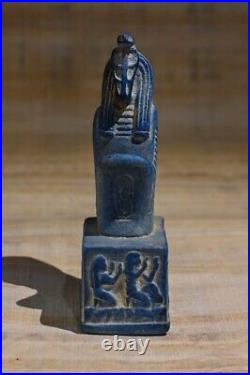
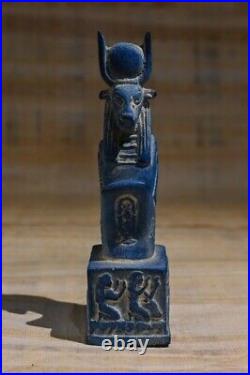

Collection Ancient Egyptian gods _ Catural and Social phenomena _ Antiques BC. Ancient Egyptian Gods, Anubis, Seth, Thoth, Bastet, hathor, khnum, sobek, apep, Taweret, a beauteful Egyptian statues made in Egypt. Ancient Egyptian deities were representations of natural and social phenomena and abstract concepts. These gods and goddesses appear in almost every aspect of the ancient Egyptian civilization, and there are more than 1,500 of them known by name, and many Egyptian texts mention the names of the gods without referring to their character or role, while other texts refer to deities specific to their characteristics without even mentioning their name, Therefore, it is difficult to compile a complete list of them. The attributes of different gods may unite, so they all appear as one god, so that the follower sometimes becomes confused as to whether, for example, what is meant by the words is the god Osiris or Sucre, and whether the intended is Hathor or Isis. And the worship of the sun began to spread since the era of the Old Kingdom, and perhaps the reason for this is that the kings of the Fifth Dynasty who ruled from 2560 BC to 2420 BC belonged to the priests of this god (Ra), so this idol became the most sacred to them, and it is observed Throughout the second millennium BC, how did the name of Ra become added to the name of almost every god Khnum Ra, Sobek Ra, Mentu Ra… Trying to add new power to the abilities of these gods in the form of the ram, the crocodile and the bull, and since the era of the Eleventh Dynasty the Amun – who is the local god of Thebes – turns into Amun Ra, and the sun god is called the king of the gods and enjoys the utmost appreciation and fame. Since the eighteenth dynasty (1800 BC), Amun Ra has become the official god of the empire. That the Item Will Delivered to You As Shown in Pictures Therefore we recommend that you see the picture well and then take your decision and take your responsibility. Good Condition As shown in pictures. Provenance: Stone in the Desert of the Egyptian City of Luxor.

